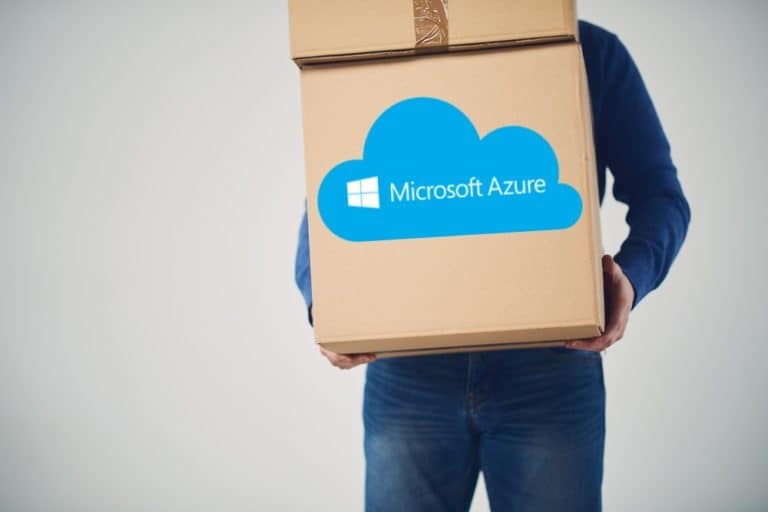Microsoft has added two new services to Azure for data management capabilities. These are Azure Data Explorer (ADX) and Azure Data Lake Storage Gen 2 (ADLS Gen 2). This should give users more flexibility when it comes to managing unstructured data or data from interactions with mobile and web apps.
ADX was introduced as a fully managed database service to perform real-time analysis of large amounts of streaming data, Silicon Angle knows. The service allows users to discover and research insights from streaming data, which normally should have been processed first. Processing this data costs a significant investment if it is done on on-premise systems.
According to Microsoft, ADX is able to analyze 1 billion records of streaming data per second, without changing the state of that data or its metadata. The service can also complement other Azure services, such as App Insights, Log Analytics and Time Series Insights. This is because ADX is able to detect trends and deviations within the data and diagnose problems.
ADSL Gen 2
ADSL Gen 2 is a data management service that includes a repository for storing structured and unstructured data that is compatible with Hadoop Distributed file systems. The service also comes with an Azure Blob File System driver that makes it possible to easily access the data.
ADLS Gen 2 is designed to address the “data explosion” by giving companies a “place to manage all this data,” said Arun Ulag, general manager of engineering at Microsoft Power BI. It is designed to be used with analytics services such as Power BI and Azure SQL Data Warehouse, and allows users to build “reusable ETL packages” “with the simplicity of pointing and clicking”.
These packages are stored in ADLS Gen 2 and allow data scientists to collaborate on the data without having to move it.
This news article was automatically translated from Dutch to give Techzine.eu a head start. All news articles after September 1, 2019 are written in native English and NOT translated. All our background stories are written in native English as well. For more information read our launch article.